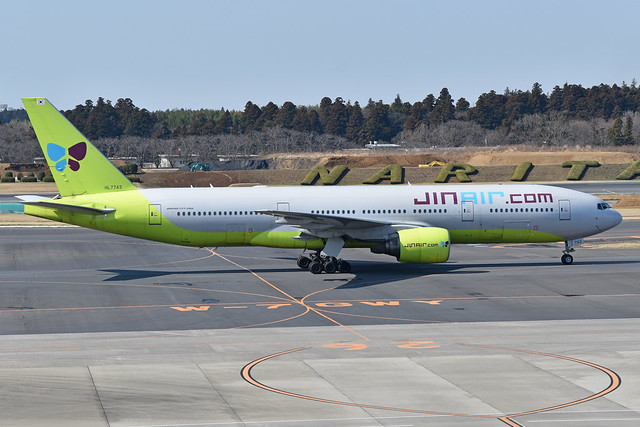Battery capacities in stored aircraft may become critical
Last Update: November 1, 2020 / 17:35:03 GMT/Zulu time
Incident Facts
Classification
News
EASA argues:
The aviation world has been heavily hit by the COVID-19 pandemic and an unprecedented number of aircraft have been grounded. This situation has caused severe financial pressure on air operators, as well as on their service providers. Prior to the restart of operations it is vital that aircraft that were put into storage for weeks or months are restored to an airworthy condition.
Aircraft Maintenance Manual Aircraft Parking Procedures usually require the physical disconnection of the aircraft batteries, and the periodic reconnection to carry out the parking or storage checks. A Type Certificate (TC) holder in conjunction with a battery manufacturer has identified that when a Nickel-Cadmium (Ni-Cd) battery is disconnected from the aircraft loads, it self-discharges due to an electrochemical phenomenon, thus inducing a reduction of battery capacity. When the battery is charged again from the aircraft, the battery does not recover 100% of its initial capacity. Therefore, after each cycle of battery self-discharge, the available battery capacity will decrease progressively.
This reduction of capacity cannot be reversed by the normal aircraft charging system, and the reduction in total capacity cannot be detected without the battery being sent to an approved battery shop for a battery recharge check or overhaul.
As aircraft batteries are the final power source available to aircraft, this reduction in capacity of the Ni-Cd batteries may not meet the minimum battery endurance certification requirements when the aircraft is operated again, which may lead to a premature total electrical power loss in the case the aircraft’s main electrical system fails.
EASA recommends:
It is recommended that aircraft Design Approval Holders (DAH) should, in conjunction with advice from the battery manufacturers, review their electrical system designs and their parking and storage instructions to determine, if the battery system can tolerate successive reconnection cycles without suffering from the same phenomenon as described in this SIB.
If it is suspected that a reduction in battery capacity could lead to a non-compliance with the certification basis of the approved design, in particular with the requirements on operation without normal electrical power and battery endurance, the DAH shall report this to EASA.
It is recommended that Continuing Airworthiness Management Organisations (CAMOs) consult with the aircraft DAH to determine, if additional maintenance instructions or recommendations need to be followed to ensure that aircraft returning to service after parking and storage have the required battery capacity.
Incident Facts
Classification
News
This article is published under license from Avherald.com. © of text by Avherald.com.
Article source
You can read 1 more free article without a subscription.
Subscribe now and continue reading without any limits!
Read unlimited articles and receive our daily update briefing. Gain better insights into what is happening in commercial aviation safety.
Send tip
Support AeroInside by sending a small tip amount.
Newest articles
Cityjet CRJ9 near Zurich on Oct 6th 2025, smoke in cabin
A Cityjet Canadair CRJ-900 on behalf of SAS Scandinavian Airlines, registration EI-HSE performing flight SK-1684 from Milan Malpensa (Italy) to…
Jin B772 at Okinawa on Oct 7th 2025, engine failure
A Jin Air Boeing 777-200, registration HL7743 performing flight LJ-342 from Okinawa (Japan) to Seoul (South Korea) with 405 people on board, was…
Subscribe today
Are you researching aviation incidents? Get access to AeroInside Insights, unlimited read access and receive the daily newsletter.
Pick your plan and subscribePartner

ELITE Simulation Solutions is a leading global provider of Flight Simulation Training Devices, IFR training software as well as flight controls and related services. Find out more.
SafetyScan Pro provides streamlined access to thousands of aviation accident reports. Tailored for your safety management efforts. Book your demo today
AeroInside Blog
Popular aircraft
Airbus A320Boeing 737-800
Boeing 737-800 MAX
Popular airlines
American AirlinesUnited
Delta
Air Canada
Lufthansa
British Airways
